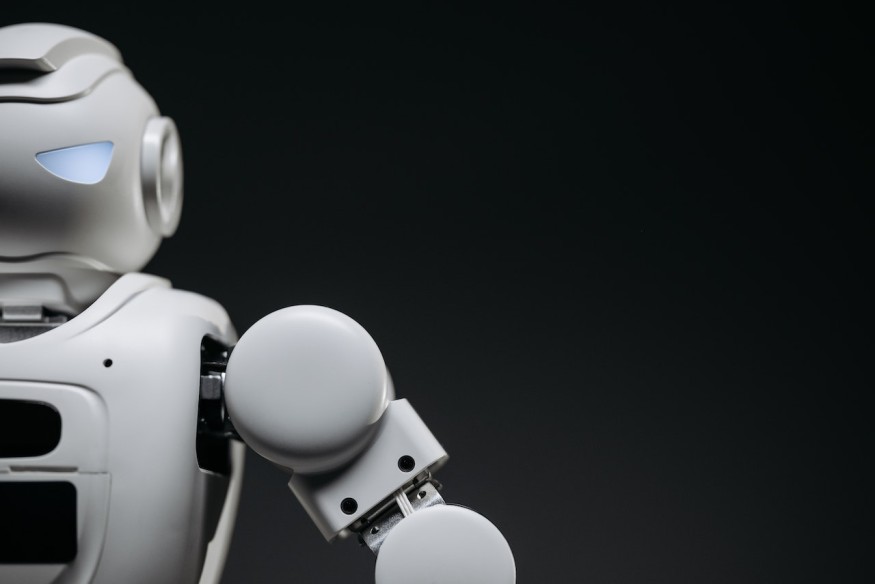
Scientists have come up with moving robots that are remote-controlled and powered by muscle tissue. According to Futurism, this biohybrid project involving basic biological systems and robotics could be foundational in the further development of intricate cyborg robots.
eBiobots Innovation
An in-depth paper regarding this innovation was published in the Science Robotics journal. The biohybrid project is reportedly capable of moving remarkably fast, to the point where it could set a new record. It can cover just slightly under a millisecond. While this may not sound that important, it is significant, especially when compared to other similar biohybrid robot systems.
According to researchers from the McCormick School of Engineering at Northwestern University, these eBiobots are the first innovation to incorporate a mix of living muscle, microelectronics, and soft materials. Co-leader, bioengineering professor, and dean Rashid Bashir notes how the integration of microelectronics enables the merging of both the electronic realm and the biological realm, with many advantages of their own. This integration now allows the production of biobots and similar machines that could be potentially helpful when it comes to sensing, environmental, and medical applications.
The team led by Bashir pioneered the development of biobots, which are tiny biological robots that are powered and booted with mouse muscle tissue that was nurtured in a polymer skeleton that is soft and 3D-printed. Walking biobots were demonstrated in 2012, while light-activated ones were shown in 2016. Light activation granted control to the researchers. However, their practical applications were narrowed by the concern regarding how the light pulses could be delivered to biobots that were not in a lab environment.
Read also: 7 Most Advanced Humanoid Robots in the World: Find Out How Robotics is Changing the World
Remote-Controlled Biohybrid Robotic Systems
Flexible bioelectronics pioneer John A. Rogers from Northwestern Engineering was able to cater to this concern. Rogers' team was able to help with the integration of micro-LEDs that are battery-free and microelectronics that are wireless. Such a system enabled the researchers to control the eBiobots remotely.
In order to enable free movement within the biobots, the scientists eliminated the wires and huge batteries. These eBiobots utilize a receiver coil in order to get power and offer a monitored voltage to power the micro-LEDs within them. This was according to Zhengwei Li, an assistant professor of biomedical engineering at the University of Houston and study co-author.
The scientists can relay a wireless signal that could prompt LED pulsing. These LEDs stimulate the contraction of the muscles, which were engineered to be light sensitive. This, then, moves them to the legs of polymer that enable the device to walk or move. These micro-LEDs are being targeted in order to activate specific muscle portions and let the eBiobot move in a specific direction.
The bot's specific design leaves room for the potential integration of more microelectronics, such as biological or chemical sensors. Integrating biological neurons or electronic sensors may enable the eBiobots to detect and react to environmental toxins, disease biomarkers, and more.
Rogers notes how this novel mix-up of biology and technology leads to wide opportunities in terms of learning, self-healing, evolving, self-organizing, and communicating systems. He notes how the researchers think that their innovation is "very fertile ground" for further study on particular probable applications in environmental tracking and biomedicine.
RELATED ARTICLE : Robots, Artificial Intelligence Not Yet Taking Over Humans For Work
Check out more news and information on Technology and Innovation in Science Times.
© 2025 ScienceTimes.com All rights reserved. Do not reproduce without permission. The window to the world of Science Times.











